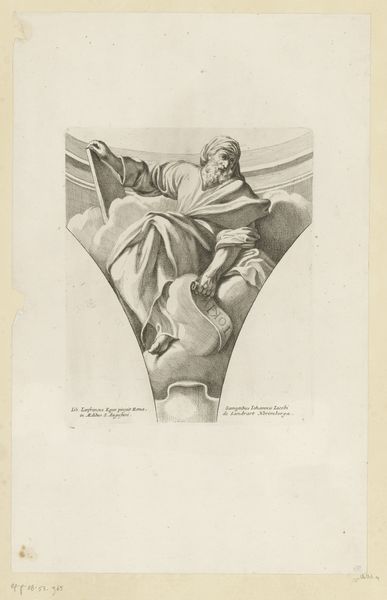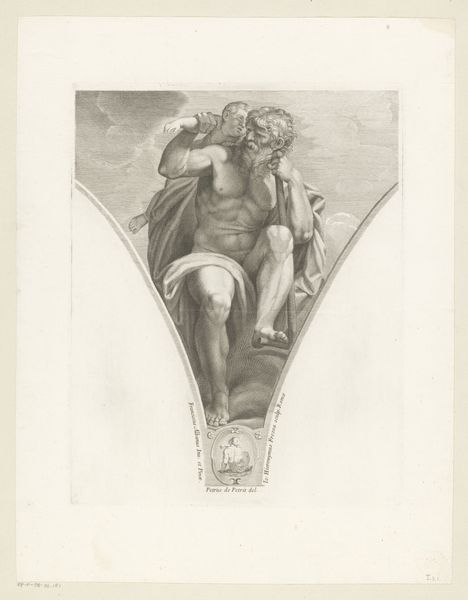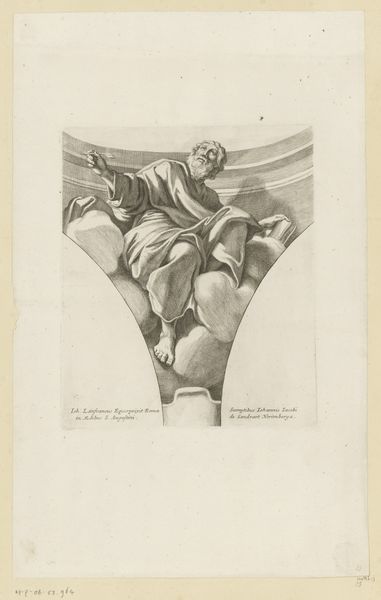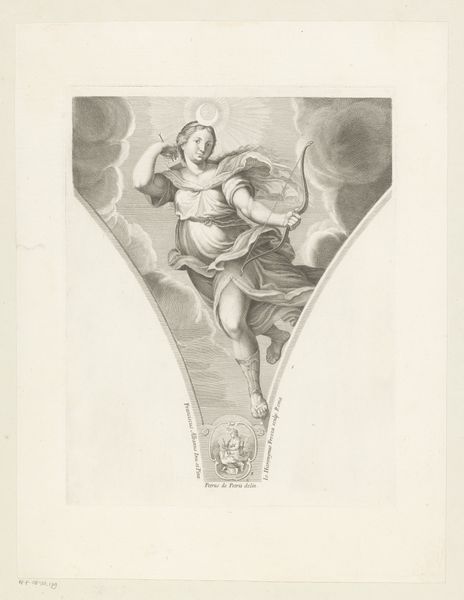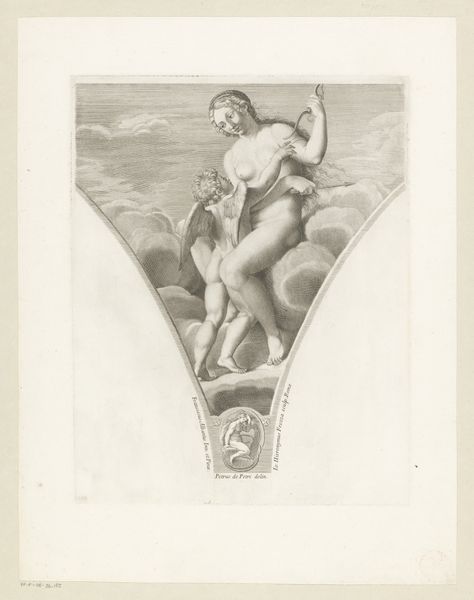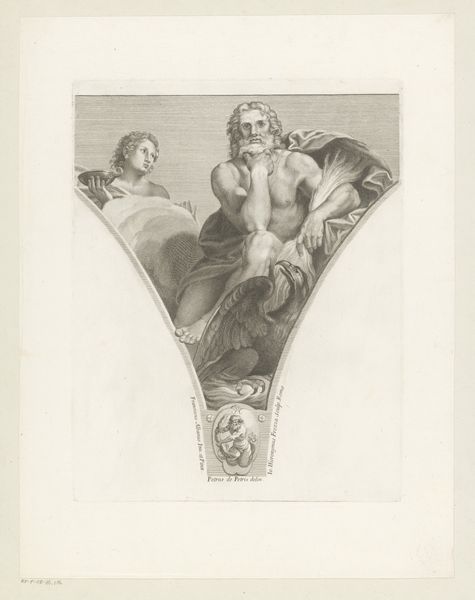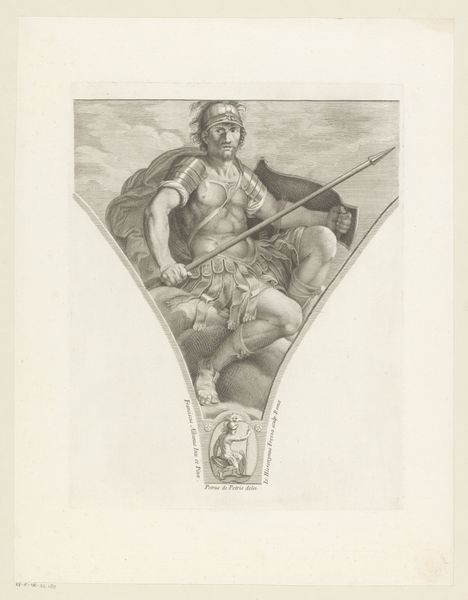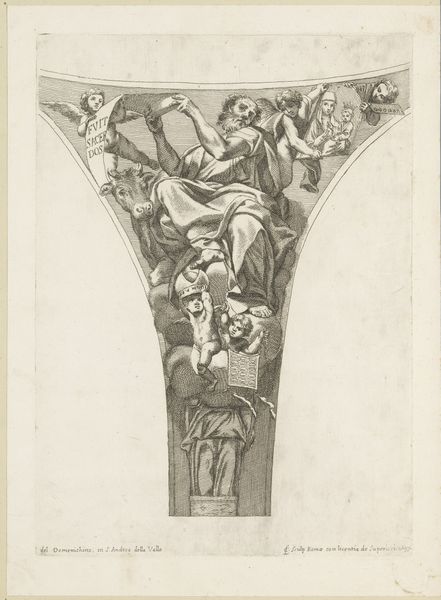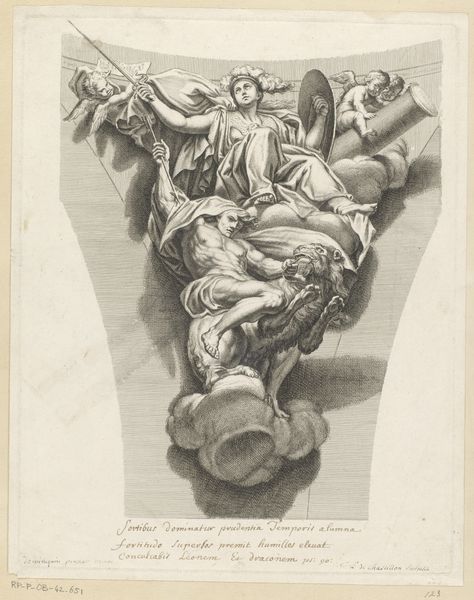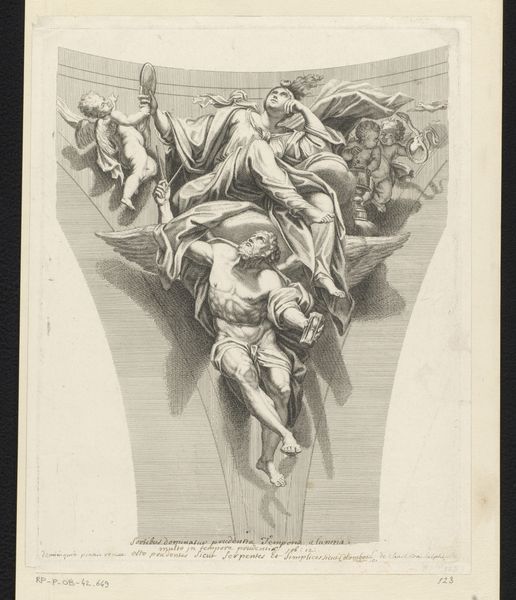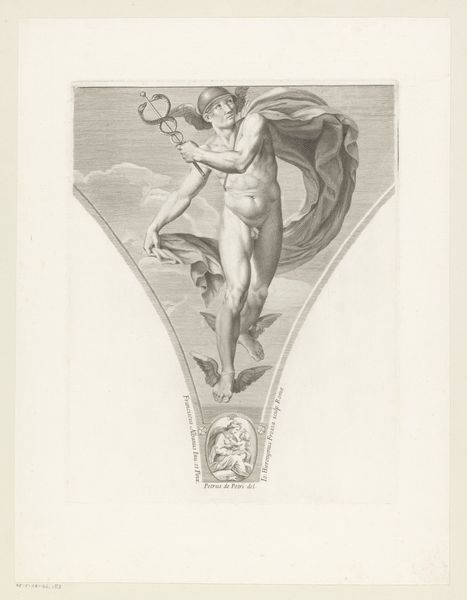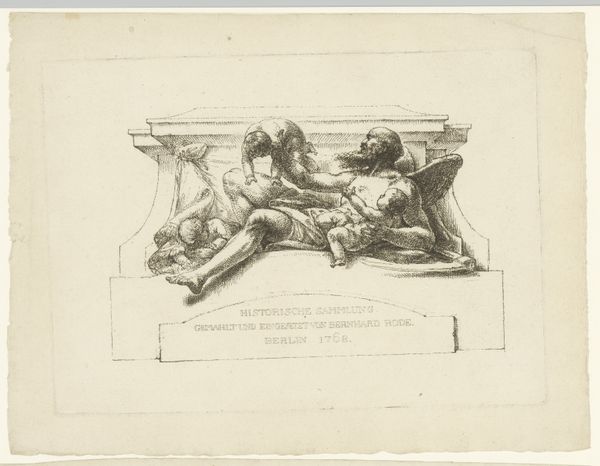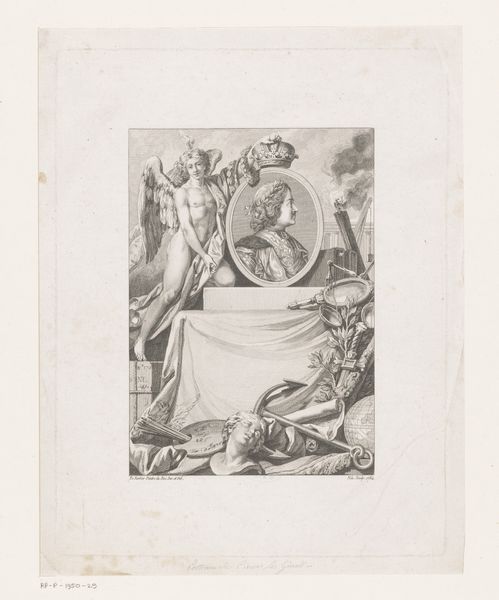
#
pencil drawn
#
amateur sketch
#
aged paper
#
toned paper
#
light pencil work
#
pencil sketch
#
personal sketchbook
#
pencil drawing
#
sketchbook drawing
#
pencil work
Dimensions: height 257 mm, width 222 mm
Copyright: Rijks Museum: Open Domain
Editor: So, this is a pencil drawing entitled "Johannes de Evangelist," created anonymously sometime between 1632 and 1682. The aged paper gives it this beautiful, delicate quality. What catches my eye is the figure’s pensive, almost melancholic mood. How do you interpret this work? Curator: This piece offers a fascinating window into the cultural landscape of the 17th century. The depiction of John the Evangelist isn't simply religious; it’s deeply entwined with the era's understanding of knowledge and divine inspiration. The very act of sketching, of capturing a likeness or an idea, becomes a statement about artistic license and the role of the artist within society. Editor: Artistic license, could you elaborate? Curator: Well, the sketch, rather than a highly finished painting, suggests an intimate study. Consider the social and intellectual climate of the time. Religious institutions were powerful patrons, but individual artistic expression was simultaneously gaining traction. This tension informs the artwork. The "amateur sketch" quality signals informality; personal expression takes precedence over adhering to established academic standards of the time. Is this truly a depiction of John, or an artist grappling with religious and creative impulse? Editor: That’s an interesting point. It’s like the artist is exploring their own relationship with the subject. Curator: Exactly! The incomplete nature, the visible process, implies that this image exists in a liminal space. It's a study, a reflection, hinting at both piety and the burgeoning sense of artistic autonomy. What did you notice about the paper? Editor: Only that it's beautifully aged. It feels like a direct connection to the past. Curator: Precisely, this 'aged paper' also carries a meaning. It transforms a religious study into a relic of artistic practice. The toned paper doesn’t just give it a pleasing aesthetic, it imbues the sketch with authority and historic value, as if hinting to the important lineage and legacy it holds within its light lines. This links our viewing experience today with the cultural values placed on historical artifacts. Editor: Wow, I never thought about it that way. It really makes me reconsider the intent behind seemingly simple sketches. Curator: Indeed. Looking closer at the public role of art, in this context, allows us to reflect on both religious devotion, and the politics of self-expression during a transformational time for artmaking and viewership.
Comments
No comments
Be the first to comment and join the conversation on the ultimate creative platform.
